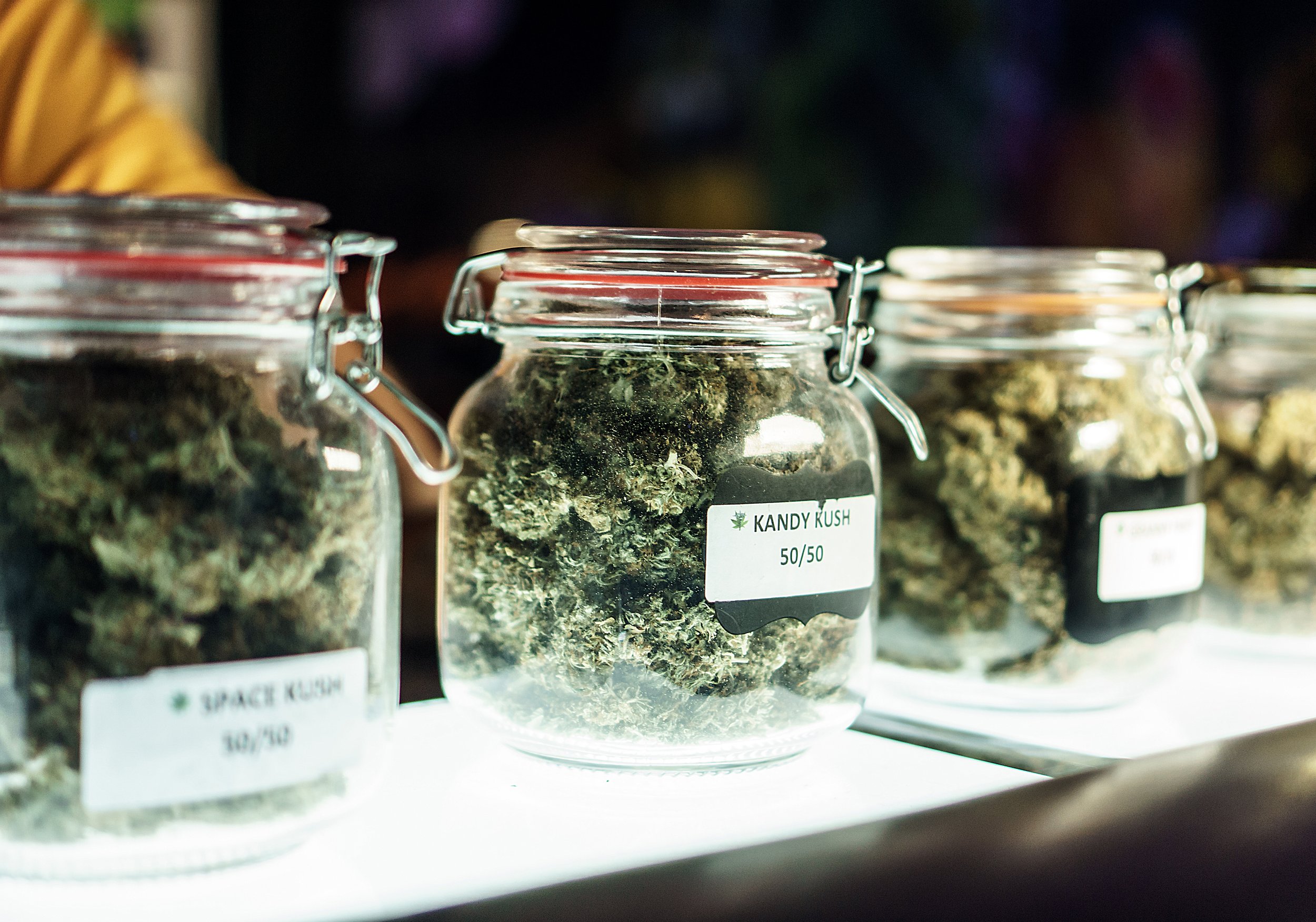LEGALIZING ADULT RECREATIONAL POT
General overview of the new Minnesota state cannabis law
By VIVIAN LaMOORE, INAAJIMOWIN EDITOR
By the time this issue reaches your mailbox, Minnesota will become the 23rd state to legalize recreational use of marijuana. Effective August 1, 2023, possession for adults 21 and older will be lawful with limits and certain restrictions. It will no longer be a crime for Minnesotans to have up to two pounds of marijuana at their home, and they can transport two ounces while in public. Keep in mind, this new law is a state law and cannabis is still classified as a Schedule I drug, making it unlawful at the federal level.
The Mille Lacs Band is currently reviewing all policies to determine what will be necessary to update and add to Band statutes. The Legislative Branch is currently in the process of drafting a cannabis bill. The draft bill has exceeded the 22-day public comment period and is currently under further review. That bill can be found on the Band website under the Registrar tab on the Anishinaabe side.
While the law has already passed, don’t expect to find marijuana immediately available at retail locations around the state. Bill authors anticipate it will be 12 to 18 months before someone can go into a store and purchase new, regulated marijuana products in Minnesota. That is about how long it will take to set up the Minnesota regulatory framework necessary.
Minnesota’s new cannabis law has been characterized as greatly protecting Minnesota adults 21 years of age and older who want to engage in use of marijuana during their own personal time. But there are some restrictions on where a person can consume cannabis products and how much volume a person can have on their property, including, as mentioned previously, transporting cannabis in their vehicles.
Generally speaking, Minnesota businesses can’t include cannabis testing as a basis for pre-employment screening with the exception of some jobs such as law enforcement, emergency management, some medical professionals and child care services, and positions that require a commercial driver’s license (CDL). However, Minnesota businesses can authorize random testing when marijuana consumption during working hours is suspected.
The Minnesota bill authorizes growing up to eight flowering plants at a private residence for personal use without having a state license. No more than four of the plants can be mature at a single time. And a person cannot sell any of the plants or products to another person without a business license.
What about a business license? Well, it is not going to be cheap. And different avenues of the market require different licenses. The new Minnesota law created more than a dozen types of licenses for growing and cultivating, extraction, dispensaries, testing and research, and more. Getting a license to operate a cannabis/marijuana business involves a ton of paperwork. Some of the paperwork will include but not be limited to providing a complete business plan, security plan, background check, and details of previous industry-related experience. And then be prepared to shell out a chunk of cash. A cultivator license, for example, is expected to cost $30,000 upfront: $10,000 just to apply, then $20,000 for the initial license. That will be followed by a $30,000 annual renewal fee. Fees will vary for different licenses.
There are some restrictions for engaging in recreational use. For example, it is legal to consume cannabis in your own private home, or the home of another person with their permission. It is not legal to smoke weed on a balcony of a multi-family housing unit.
Cannabis is legal to have in your vehicle if it's unopened in the package it came in. The new state law also says you cannot drive while under the influence of cannabis. It's considered a DWI, like alcohol, with the same penalties. The same passenger laws apply as well.
The new Minnesota cannabis bill provides funding for drug recognition training for law enforcement and establishes a pilot project to study oral fluid roadside tests that determine if someone is high. Right now, there is no such reliable test that's similar to a breathalyzer for alcohol.
There are, however, some roadside swab tests that are being evaluated. One example is the Dräger DrugTest 5000. This test has already been used in parts of California, New York City, Arizona, Nevada, and other states. The device can also detect the presence of cocaine, opiates, methamphetamine, amphetamine, methadone, and benzodiazepines in the bloodstream, though it can’t detect the amount. Similar devices may be incorporated in Minnesota law enforcement in the future.
As with any bill that becomes a law, this new Minnesota state cannabis law is 300 pages of useful information. If you plan to engage in recreational use of cannabis, it is highly recommended (pun intended) to review all 300 pages of the law to fully understand what is and what is not considered legal. You can find the law HF100A at https://www.revisor.mn.gov/ bills/text.php?number=HF100&version=A&session=ls93.0&-session_year=2023&session_number=0&type=ccr

